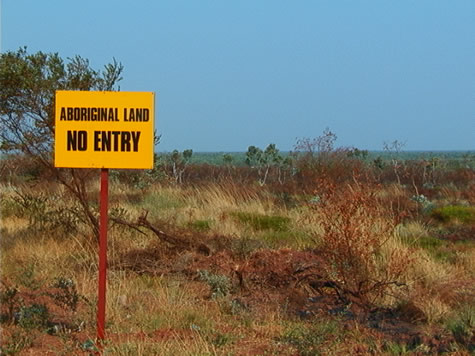2001 September 27, Thursday. 10 kilometres west of Lajamanu Community.
Anyone who thinks the Australian language is simply a weird variation of British or American English, has a few things to learn. To begin with, many Australians don’t even speak English – they speak Italian, Vietnamese, Lebanese, Mandarin, Turkish, and Greek. (Melbourne is said to be the third-largest Greek city in the world)
Those who do speak ‘Australian’ are likely to confuse a foreigner with their strange collection of words, which differ greatly from those used in English-speaking countries north of the equator. Some commonly used words have been shortened almost beyond recognition. Others have been derived from Aboriginal languages, or from the slang used by early convict settlers.
In the Northern Territory, English is a second language which is little used by many indigenous people. Around seven hundred dialects of two hundred and fifty native languages were spoken across the continent of Australia before settlement by white Europeans. While many of these have since petered out, or have been merged into the dominant languages of their area, others have grown, and about one hundred distinct language groups remain today.
In the beginning, there was probably one language shared by all native people here. As the aborigines moved far apart to settle the whole country, different ways of speaking developed until their languages were so distinct that tribes could no longer understand each other. Today, there are still some words used by indigenous people all over the continent, such as jina, meaning ‘foot’, and mala, meaning ‘hand’.

A bright yellow and black sign which we encountered on the road from Tanami Gold Mine to Lajamanu let us know we were on aboriginal owned land – see picture. We interpreted the sign to mean, in the western desert Anangu dialect of Yankunytjatjara: “Pukul ngalyayanama Ananguku ngurakutu.” and in the Pitjantjatjara dialect: “Pukulpa pitjama Ananguku ngurakutu.” – Both of which mean “Welcome To Our Aboriginal Land”.
Many places throughout Australia have kept their aboriginal names. Others have had their traditional names reinstated. Uluru, long known Ayers Rock, is a well-known example of this. These traditional names derive from indigenous belief in the continuing existence of spirit beings: the ancestors of all living things, which lived on earth during the dreamtime, and are believed to have created all the features of the natural world.
“They took different forms but behaved as people do, and as they travelled about they left signs to show where they passed. Despite being supernatural, the ancestors were subject to ageing and eventually they returned to the sleep from which they’d awoken at the dawn of time.
“Some sank back into the ground while others changed into physical features including the moon and stars. Here their spirits remain as eternal forces that breathe life into the newborn and influence natural events. Each ancestor’s energy flows along the path it followed during the dreamtime and is strongest where it left physical evidence of its activities, such as a tree, hill or claypan. These features are sacred sites.”
We saw a hill in Alice Springs, which is a sacred site to the Anangu people, and which is called ‘Atyarlkarle Tyaneme’. (That is, “the body of the Atyarkarle before it crosses over’) This small hill is the Atyakarle (Caterpillar) before it crosses the Todd River heading East toward Emily Gap in the MacDonnell Ranges.
Suggested learning activities:
Compare the two examples of Western Desert Anangu dialect for the greeting “Welcome To Our Aboriginal Land”. Look at the differences between dialects and distinct languages. The Pitjantjatjara and Yankunytjatjara people are mostly able to understand each other.
Learning a second language helps us to communicate with people all over the world. Ask your family and teachers what other languages they can speak beside English. Write down ways to say ‘hello’ in as many different languages as you are able – ask all of your teachers to add to your list.
Starting today, we will have a few aboriginal place names at the end of each general update, and tell you the meaning of the words. A place name near my home, ‘Wangaratta’, means “The meeting of the waters (of two rivers) where the cormorant (a big water bird which is also called a shag) rests”. Try to find out how your home town, and some of the interesting places around where you live, came to be named what they are.
bel